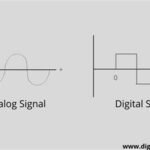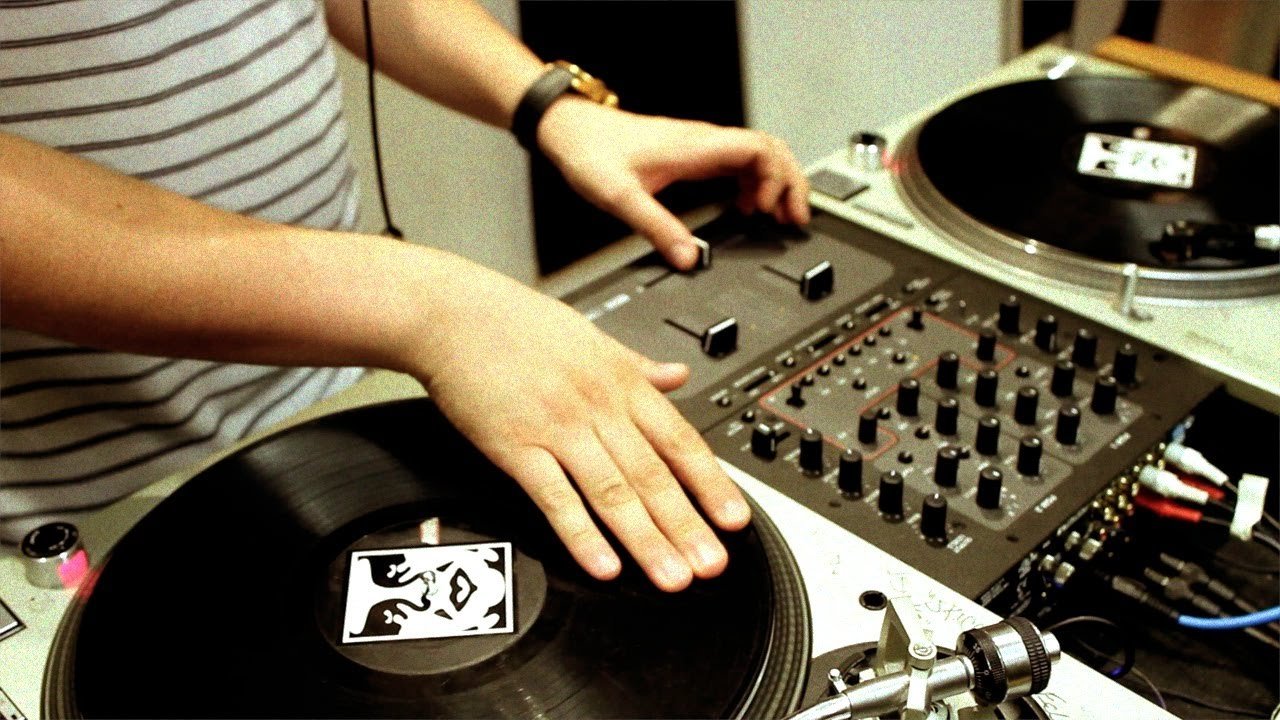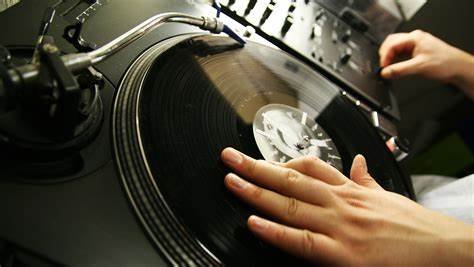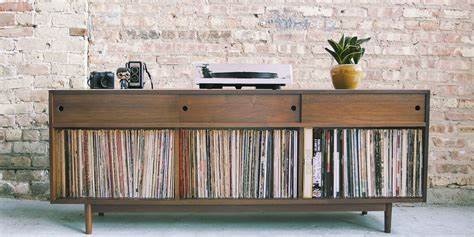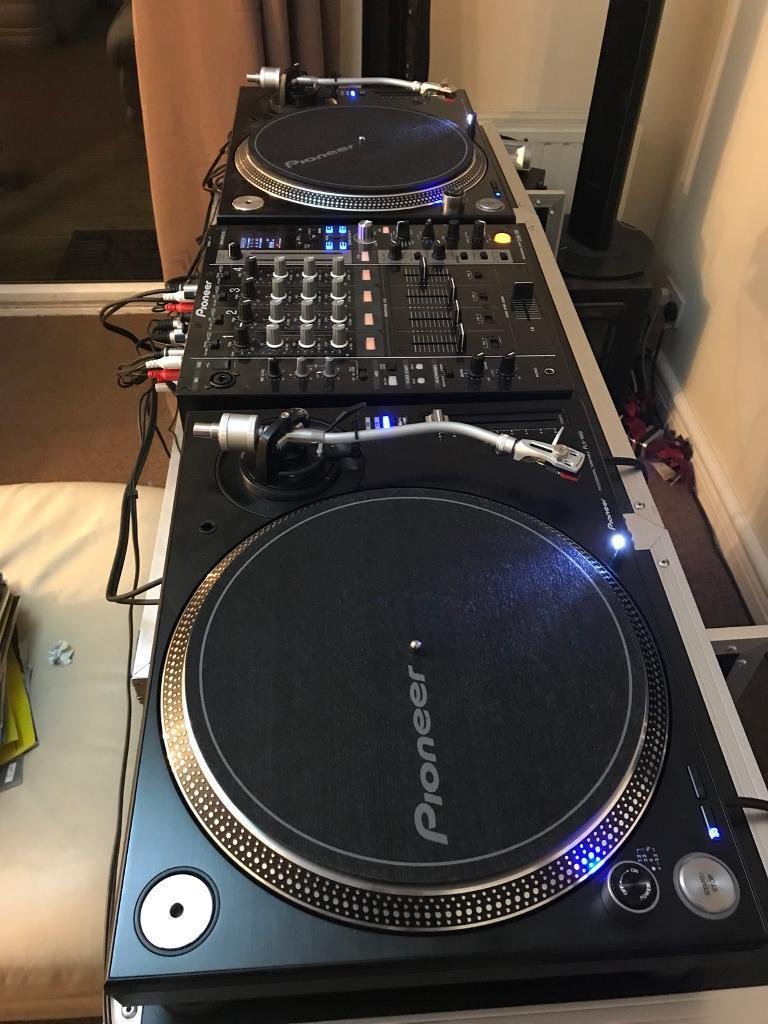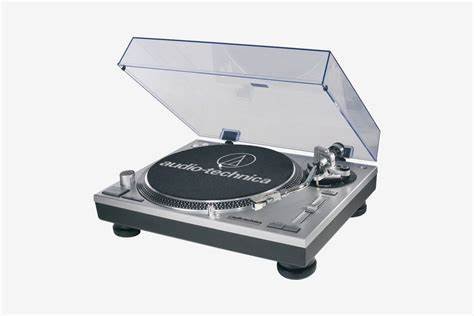Scratching on vinyl is an essential skill for DJs, blending technical precision with creativity. From the simple baby scratch to advanced techniques like the crab, vinyl scratching adds flair and personality to any DJ set. This guide will take you through the journey of learning to scratch, starting with the basics and advancing to professional-level techniques.
1. Getting Started with Vinyl Scratching
Equipment You’ll Need:
- Direct-Drive Turntable: Offers the torque and precision necessary for scratching.
- Scratch Mixer: Features a responsive crossfader with customizable curves.
- Slipmats: Help the record move freely under your hand.
- Scratch Records: Contain beats and samples ideal for practice.
Setting Up:
- Place your turntable and mixer on a stable, level surface.
- Adjust the crossfader curve for sharp cuts.
- Choose a scratch sample, such as a vocal snippet or drum hit.
2. Beginner Scratching Techniques
The Baby Scratch
- Description: The foundation of all scratches.
- How to Do It: Move the record back and forth without releasing it.
- Tips:
- Start slowly to develop control.
- Keep your hand relaxed for smoother motion.
The Forward Scratch
- Description: Plays the sample only in the forward motion.
- How to Do It: Push the record forward, then reset it by pulling back silently.
- Tips: Focus on timing to match the beat.
The Release
- Description: A simple scratch that transitions into letting the record play.
- How to Do It: Push the record forward and let it spin naturally into the track.
- Tips: Use it to introduce tracks seamlessly.
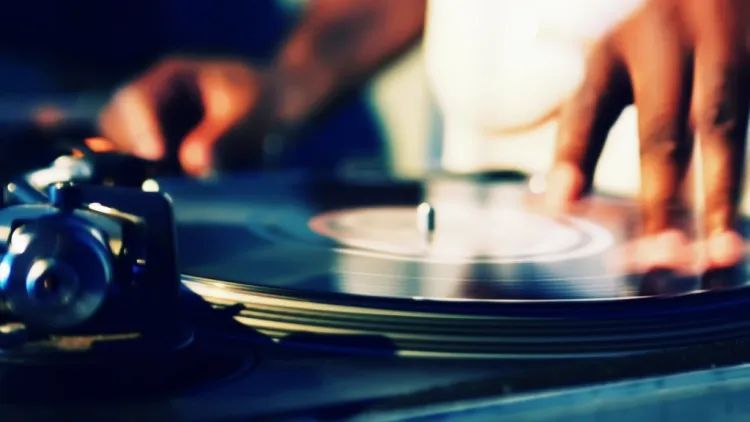
3. Intermediate Scratching Techniques
The Transformer Scratch
- Description: Produces a stuttering effect by quickly opening and closing the crossfader.
- How to Do It: Move the record back and forth while tapping the crossfader open and closed.
- Tips: Start slow and gradually increase speed for consistency.
The Chirp Scratch
- Description: Produces a sharp, bird-like sound.
- How to Do It: Close the crossfader as you push the record forward and open it as you pull the record back.
- Tips: Ensure smooth transitions by practicing with slower beats.
The Tear Scratch
- Description: Breaks the record’s motion into distinct segments.
- How to Do It: Divide the forward or backward movement into two or more parts.
- Tips: Experiment with different rhythms to add texture.
4. Advanced Scratching Techniques
The Flare Scratch
- Description: A rhythmic scratch using precise crossfader clicks.
- How to Do It:
- Move the record forward or backward.
- Open and close the crossfader mid-motion to create extra sounds.
- Tips: Start with single-click flares and progress to more complex variations.
The Crab Scratch
- Description: Produces rapid, multiple clicks using a rolling finger motion.
- How to Do It: Roll your fingers over the crossfader while your thumb holds it steady.
- Tips: Practice finger independence for a smoother roll.
The Orbit Scratch
- Description: Combines baby scratches with crossfader clicks for a continuous, flowing rhythm.
- How to Do It: Sync hand movements with fader clicks to create seamless transitions.
- Tips: Master simpler scratches before attempting orbits.
5. Tips for Mastery
- Daily Practice: Consistent practice builds muscle memory and confidence.
- Use a Metronome or Beat Loop: Keep your timing sharp by practicing with a steady rhythm.
- Experiment with Sounds: Try different samples to expand your creative range.
- Record and Review: Listening to your sessions helps identify areas for improvement.
- Stay Relaxed: Tension in your hands can hinder smooth movements.
6. Integrating Vinyl with Digital Tools
Hybrid setups like time-coded vinyl systems allow DJs to combine traditional scratching with the flexibility of digital music libraries. Tools like Serato and Rekordbox let you scratch digital tracks while maintaining the tactile experience of vinyl.
7. Iconic DJs Known for Scratching
- Grandmaster Flash: A pioneer in turntablism and vinyl scratching.
- DJ Qbert: Renowned for his innovative and technical scratching techniques.
- Mix Master Mike: Combines creativity with unparalleled technical skill.
- DJ Jazzy Jeff: Known for his smooth and musical approach to scratching.
Conclusion
Vinyl scratching is a timeless skill that blends technical expertise with artistic expression. Whether you’re perfecting basic techniques like the baby scratch or advancing to complex moves like the crab, every step enhances your abilities and style as a DJ.
With dedication and practice, you’ll not only master scratching but also discover new ways to push the boundaries of creativity. So, grab your turntable, drop the needle, and start creating unforgettable sounds!





